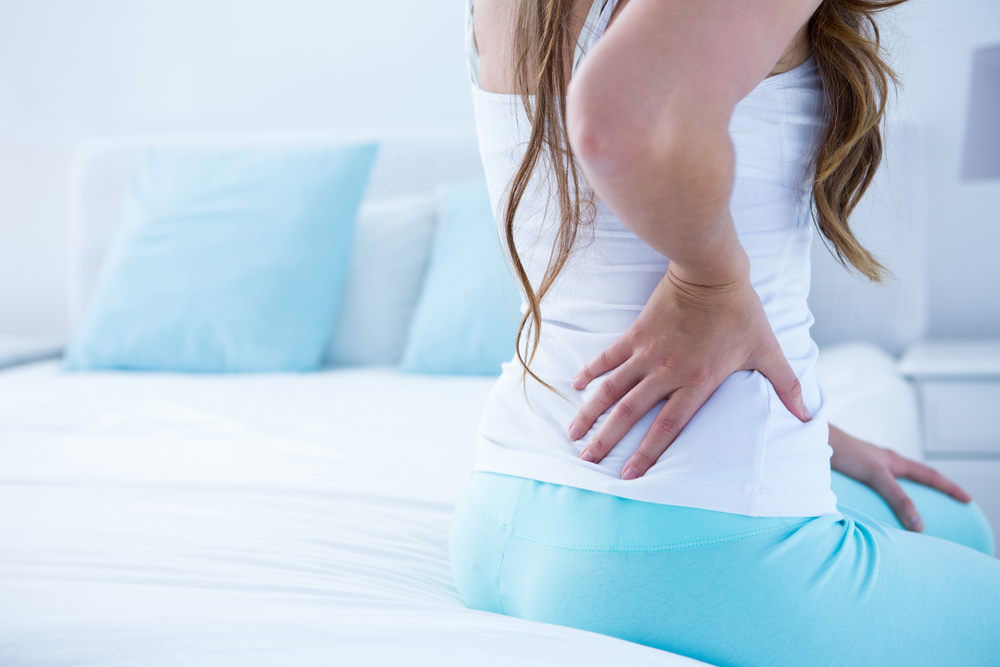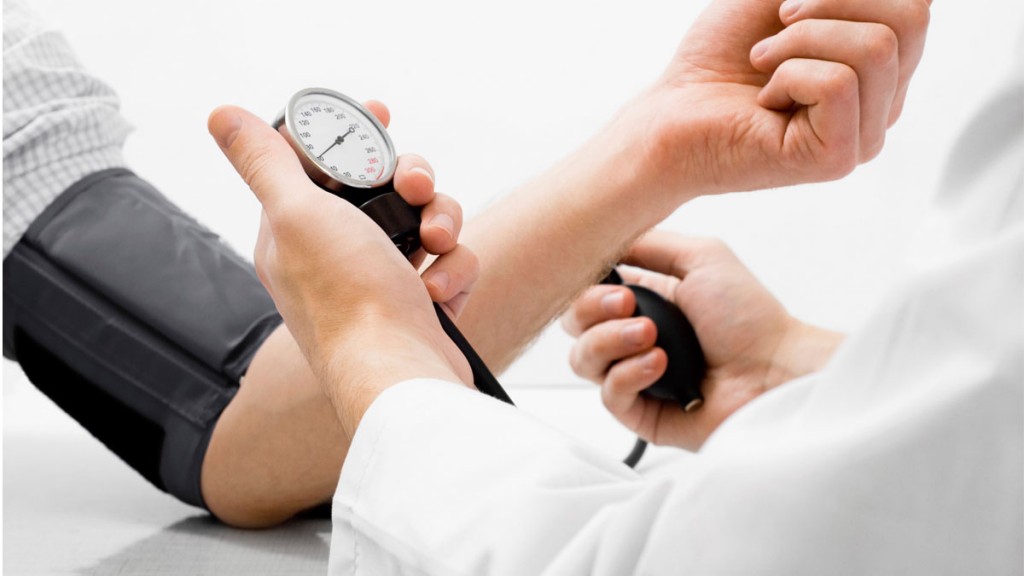BACK PAIN: WHAT’S REGULAR, PERIOD-LINKED, AND NOT!

Spend enough years coping with nasty-yet-“normal” period signs, such as distressing cramps that leave you laid up in bed all through the day? Periods aren’t only a hurting sensation in the ass… usually they’re also pains in the back! It’s completely normal to experience lower back pain all through your menstrual cycle, but at HealthDiva, you will understand what’s normal, corresponding to PMS and menstrual periods, what’s too much, and the ways to cope with it!
At first, let’s be aware of, why there is a pain in the back region during menstruation. Chemicals released during your menstrual period named prostaglandins result in contraction of the uterus and the intestines, allowing you to shed the uterine wall as well as the mucus layers that were built over the last month. These powerful contractions radiate through the web of nerves within your pelvic region, resulting in pain in your back and at times, press on the blood vessels present in the particular area, limiting or cutting off the supply of oxygen to the adjoining muscles. This is the major reason behind pain in the back and thighs as well as episodes of diarrhoea! Prostaglandins are the real culprits behind the most “standard” ugliness of a menstrual period. But the problems above signal that something more may be at work than just an over-release of this certain horrible bodily compound. Thus if any of the signs sound familiar – like “staring down my calendar and feeling progressively anxious as menstrual period draws near” well-known – you just need to discuss with your consultant.
If you face severe pain, and in places that extend beyond just your back, for instance, your lower abdomen or sacral region, or you experience cramps in your pelvis regions, you could be suffering from the problem of endometriosis. Endometriosis results when endometrial tissue grows external to the uterus; when hormones are discharged, it responds as the uterine cells would, giving rise to an inflammation, pain, and inflammation wherever it is present in the body. Other signs of endometriosis include heavy menstrual periods, irregular periods or spotting, nausea and even pain during or after intercourse. A rigorous pain and cramping may also be indications of other conditions such as PCOS, pelvic inflammatory disease, fibroids in the uterus, or an infection.
As we feel crappy overall during our menstrual periods, it’s also really significant to note down your exact signs and where the pain is coming from. Take for an instance; a few females confuse their sacral regions (pelvis) with their lower back. Throughout your period your uterus gets inflamed and may get distended to double the size and weight. As it’s suspended within the pelvis and sits over the sacrum, extension puts intense weight on the uterosacral ligaments, which may then produce a tardy sensation, pain or heaviness on the sacrum as well as the tail bone. The chief common reasons behind the serious pelvic pain may involve irritable bowel syndrome (35%), which is frequently accompanied with diarrhoea, bloating or constipation and for this reason conflated with regular period cramping. Interstitial cystitis as well as the pelvic inflammatory disease, which naturally makes you feel like you ought to pee repeatedly; are the two of the other chief causes. It’s imperative to try and differentiate what is taking place owing to the longer term risks of cysts bursting or infertility issues, based upon the underlying case.
Females are in fact eight to ten times more liable to experience sacroiliac pain as compared to males, chiefly on account of the structural and hormonal variations between the sexes. A female’s anatomy permits one less sacral segment to lock with the pelvis. It may sound negligible, but this has a huge influence on unsteadiness. In addition, the hormonal modifications of pregnancy, breast-feeding, and menstruation, might have an effect on the integrity of the ligament support in the region of the S-I joint, due to which females often find these days leading up to their period are when the pain is at its worst. To neutralize pelvic or sacroiliac pain, check out some HealthDiva Tips given below!
- The first and foremost, is to maintain a healthy diet and take nutritional supplements with vitamin B and magnesium. You may find Magnesium complex at HealthDiva (www.healthdiva.net); which is a capsule form containing a blend of magnesium citrate (250mg) and magnesium oxide (250mg). This capsule combo is a powerful and ideal dose of two forms of magnesium.
- Other than stretching and light yoga, if your back pain limits your daily routine, avoid the intake of too much salt, alcohol, tobacco, and caffeine when menstruating in order to reduce the issues of bloating and cramping.
- Take Ibuprofen for alleviating cramps (works well as compared to Acetaminophen since it directly works on inflammation) and deal with the painful regions with heat. Heat relaxes sore muscles, a boost in blood flow as well as blood circulation, and expands the blood vessels permitting oxygen to flow without restraint as well as limiting the aching effects of cramping.
- You must also start tracking your period in order that the length, rigorousness of pain, and any patterns in the data can be assessed for a diagnosis. Period tracking can lend a hand in making you understand what’s normal for you – how long your menstrual cycle is; what are the normal signs; what effects your diet or routine exert on your body; and can track your fertility if you’re scheduling on getting pregnant in the near future.
- Remember to take ample of rest all through the menstruation days and wear pads you can trust for leak-free nights as well as anxiety-free sleep. Moreover, try sleeping on your side in the foetal state, with a pillow sandwiched between your knees, while you’re cramping or lying flat with a hot water bottle on either side of your body.
Do let us know on Facebook, Instagram, or Twitter what works the best for your back pain!



